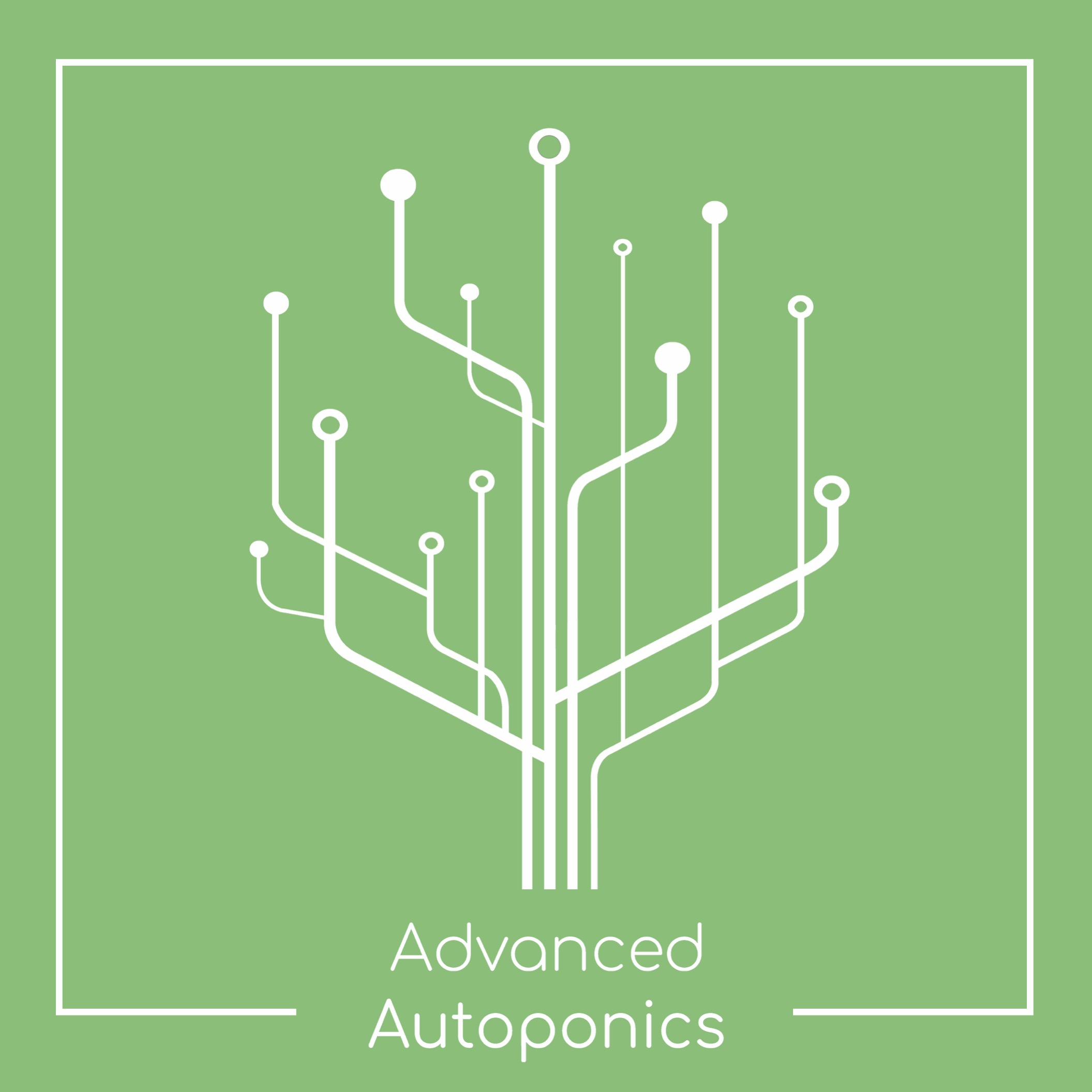Hydroponic technology has revolutionized the way we grow plants. By eliminating the need for soil and utilizing nutrient-rich water solutions, hydroponic systems have proven to be a more efficient and sustainable method of cultivation. One crucial element that plays a significant role in the success of hydroponic plant growth is lighting.
Lighting is essential for the photosynthesis process in plants, which is crucial for their growth and development. In traditional soil-based cultivation, plants receive sunlight as the primary source of light. However, in hydroponic systems, artificial lighting is used to replicate the spectrum and intensity of natural sunlight.
Advanced hydroponic technology has enabled growers to customize the lighting conditions for their plants, ensuring optimal growth and yield. LED (Light Emitting Diode) lights are the most commonly used lighting option for hydroponic systems due to their efficiency and versatility. LED lights emit specific wavelengths of light that are essential for plant growth, such as blue and red light.
Blue light is crucial for vegetative growth, promoting strong and healthy leaves and stems. On the other hand, red light is essential for flowering and fruiting stages, stimulating the production of flowers and fruits. By adjusting the ratio of blue and red light, growers can manipulate the growth and development of their plants to meet specific requirements.
In addition to providing the necessary spectrum of light, advanced hydroponic technology also allows growers to control the intensity and duration of light exposure. Different plants require varying levels of light intensity and duration, depending on their growth stage and environmental conditions. By using programmable LED lighting systems, growers can create customized lighting schedules to meet the specific needs of their plants.
Proper lighting in hydroponic systems not only ensures optimal plant growth but also improves overall efficiency and productivity. By providing plants with the right amount and quality of light, growers can increase yield, reduce energy costs, and minimize the risk of pest infestations and diseases. Furthermore, advanced hydroponic technology allows for the integration of supplemental lighting, such as UV and infrared light, to enhance plant growth and maintain plant health.
In conclusion, the role of lighting in hydroponic plant growth is essential for achieving successful cultivation. Advanced hydroponic technology, such as LED lighting systems, has revolutionized the way plants are grown by providing growers with customizable lighting solutions that enhance growth, increase yield, and improve overall efficiency. By utilizing the right combination of spectrum, intensity, and duration of light, growers can optimize plant growth and achieve consistent and high-quality harvests.
For more information visit:
Advanced Autoponics
https://www.advancedautoponics.com/
Denver, United States
Our cutting-edge hydroponic technology empowers developers, designers, and architects to integrate greenery anywhere, transcending the limitations of soil. Our solution automatically establishes the ideal root environment for plants, fostering growth and sustainability while conserving water and space. Our advanced technology offers real-time monitoring and updates accessible from anywhere on the globe.
